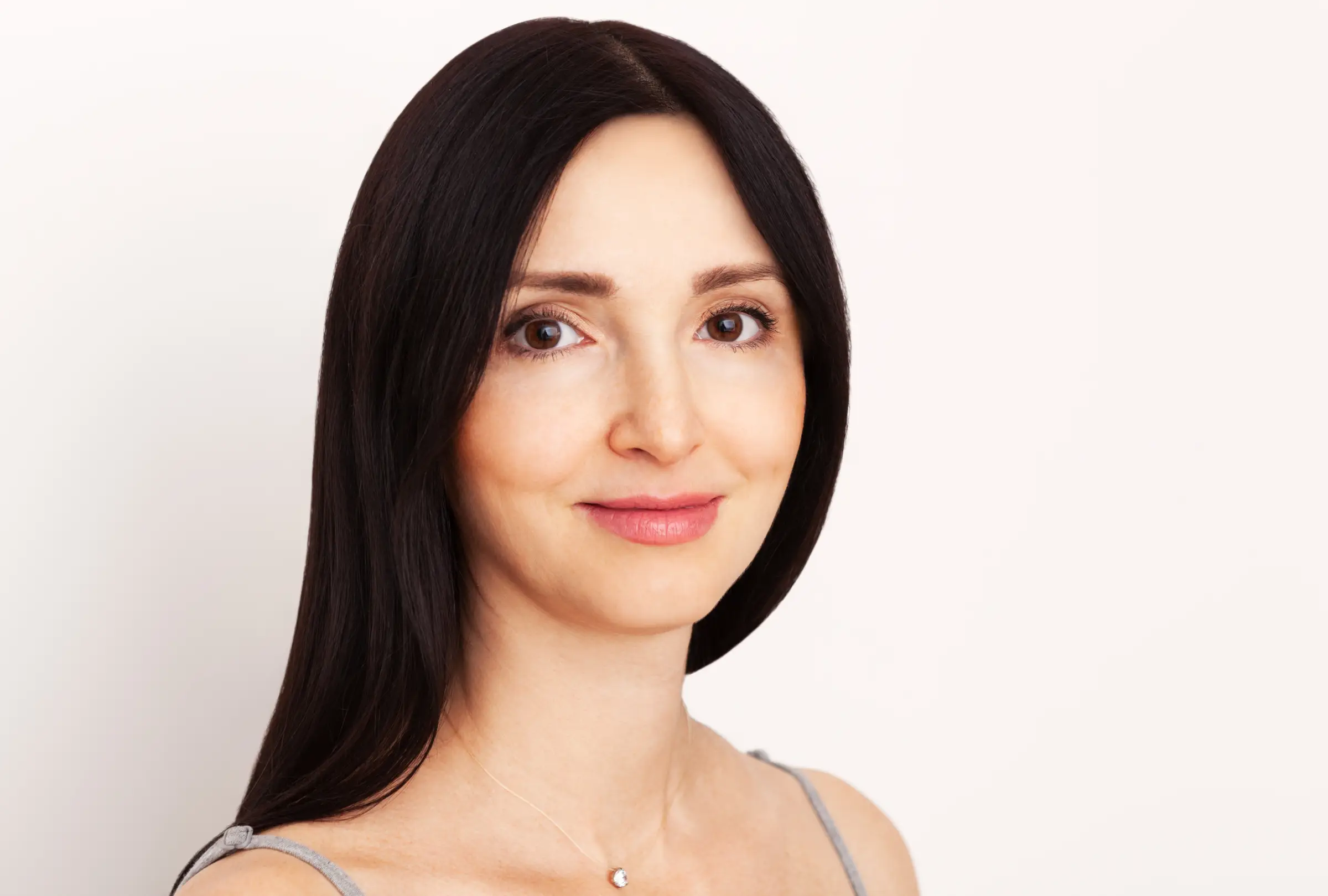You Won’t Believe How Victorians Got Their Babies to Sleep
Prepare to be amazed—and maybe a little shocked—by some of the methods used in the 19th century.
We get it. Putting babies to sleep can be hard. You’ll probably rely on a whole array of gadgets and gizmos. You have Owlets to track heart rates and breathing, white noise machines, and bedside bassinets to keep your baby safe. But can you imagine how different things were, say 150 years ago? How on earth did Victorian parents manage? We decided to take a look.
Victorian Baby Sleep Patterns
In the Victorian era, understanding of babies’ sleep patterns was limited. There was no concept of sleep training, and many practices were rooted in tradition rather than scientific understanding. Babies were often expected to fit into the family's schedule, resulting in irregular sleep patterns.
Creating a Bedtime Routine - Victorian Style
While a formal bedtime routine was not recognised, Victorian mums followed rituals that resemble today’s bedtime practices:
- Early Bedtimes: Babies were often put to bed early due to limited artificial lighting, ensuring they got plenty of rest.
- Quiet Evenings: Evenings were typically quiet, with families engaging in calm activities like reading or sewing, naturally creating a soothing environment for the baby.
The Importance of a Sleep-Friendly Environment
Victorian homes were quite different from today’s, but they still applied some principles of creating a sleep-friendly environment:
- Cool Rooms: Victorian nurseries were generally cool, aligning with modern advice to keep the room cool for better sleep.
- Rocking Cradles: Cradles with rockers were common, allowing mums to gently rock their babies to sleep.
Recognising Sleep Cues - Victorian Observations
Victorian mums relied on keen observation to identify when their babies were tired:
- Crankiness: Just like today, a fussy baby was a clear sign of tiredness.
- Eye Rubbing: Mums noticed when their babies started rubbing their eyes, indicating sleepiness.
Dealing with Sleep Challenges
Victorian mums faced sleep challenges, and their methods to address them were quite different from what we recommend today:
- Opium and Laudanum: Shockingly, it was not uncommon for Victorian parents to use opium-based products like laudanum to calm their babies. These dangerous substances were believed to soothe and induce sleep but often led to serious health issues.
- Sugar and Spirits: Some parents gave their babies mixtures containing sugar and alcohol, thinking it would help them sleep. Today, we know how harmful these substances are to infants.
When to Seek Help
Victorian parents lacked modern paediatricians and often turned to family remedies or local “wise women” for advice. The quality and safety of this advice varied greatly.
It’s fascinating to see how far we’ve come in understanding baby sleep. Modern mums benefit from scientific research and safe practices to guide them. While some Victorian methods were harmless, others were quite dangerous.
We hope you enjoyed this journey back in time. Remember, today’s practices are designed with your baby’s health and safety in mind. Sweet dreams!
Stay tuned for more intriguing insights and invaluable advice from Baby and You! We're here to support you every step of the way.

Article written by
Ella Morgan-White
I'm a writer, lover of Aperol Spritz, and most importantly, a mother! I have a little boy (Hugo, 3) and a baby girl (Margot, 18 months).